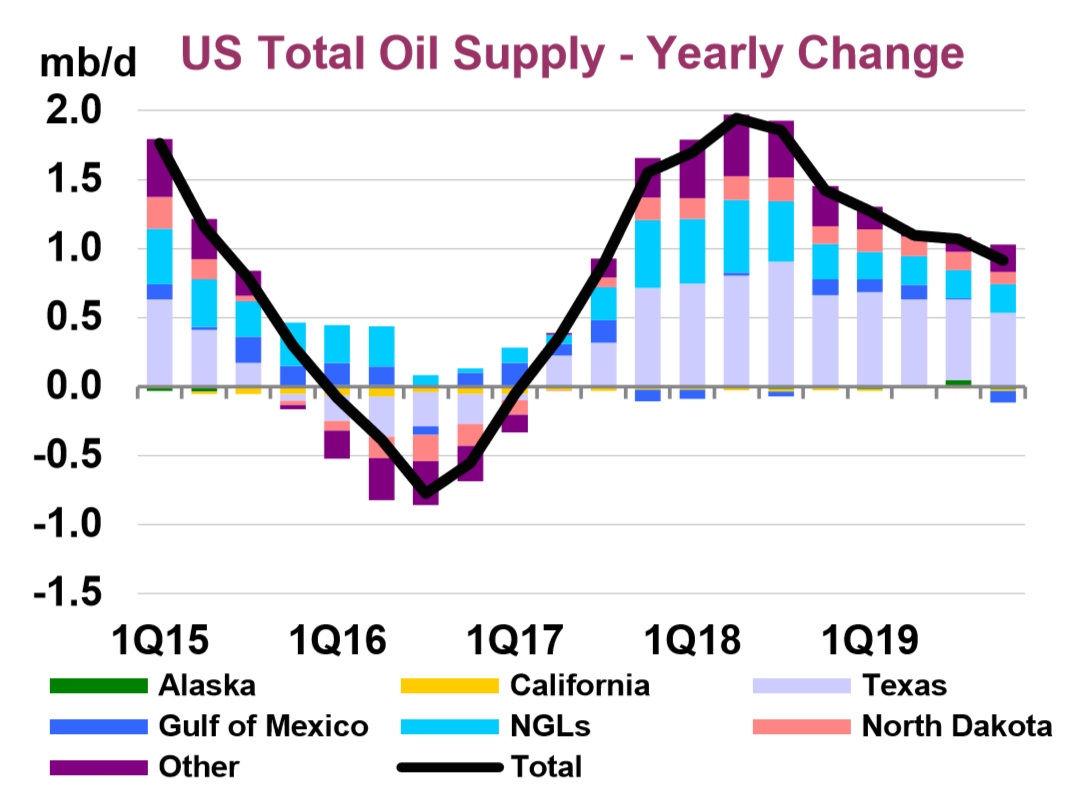Permian Bottlenecks Come At The Worst Moment

The growing number of supply outages around the world are causing the oil market to become a lot more volatile, putting extra emphasis on every barrel that does or does not make it to market. That makes the infrastructure bottlenecks in West Texas a global concern.
There is quite a bit of debate about what’s going on in the Permian, and whether or not the shale industry will be able to keep up with heady production forecasts. The IEA predicts the U.S. will add 1.7 million barrels per day in 2018, followed by another 1.2 mb/d in 2019.
Obviously, the bulk of that is expected to come from the Permian, and while the IEA acknowledges pipeline bottlenecks in the Permian, it has not significantly altered its supply forecast. “While producers are bumping up against pipeline bottlenecks, supplies will continue to rise through 2019,” the IEA said in its June Oil Market Report.
(Click to enlarge)
But by most accounts, the pipelines from the Permian to the Gulf Coast are either full or will be full in the next few months. That makes projections like the ones from places like the IEA look a bit optimistic, almost as if growth was simply extrapolated forward.
Others are more pessimistic. “We will reach capacity in the next 3 to 4 months,” Scott Sheffield, the chairman of Pioneer Natural Resources Co., told Bloomberg last month. “Some companies will have to shut in production, some companies will move rigs away, and some companies will be able to continue growing because they have firm transportation.”
The Permian has roughly 3.1 mb/d of takeaway capacity, plus local refining capacity. There is theoretically some 300,000 bpd of train capacity, but a lot of that is being used to move frac sand, according to S&P Global Platts.
…click on the above link to read the rest of the article…
